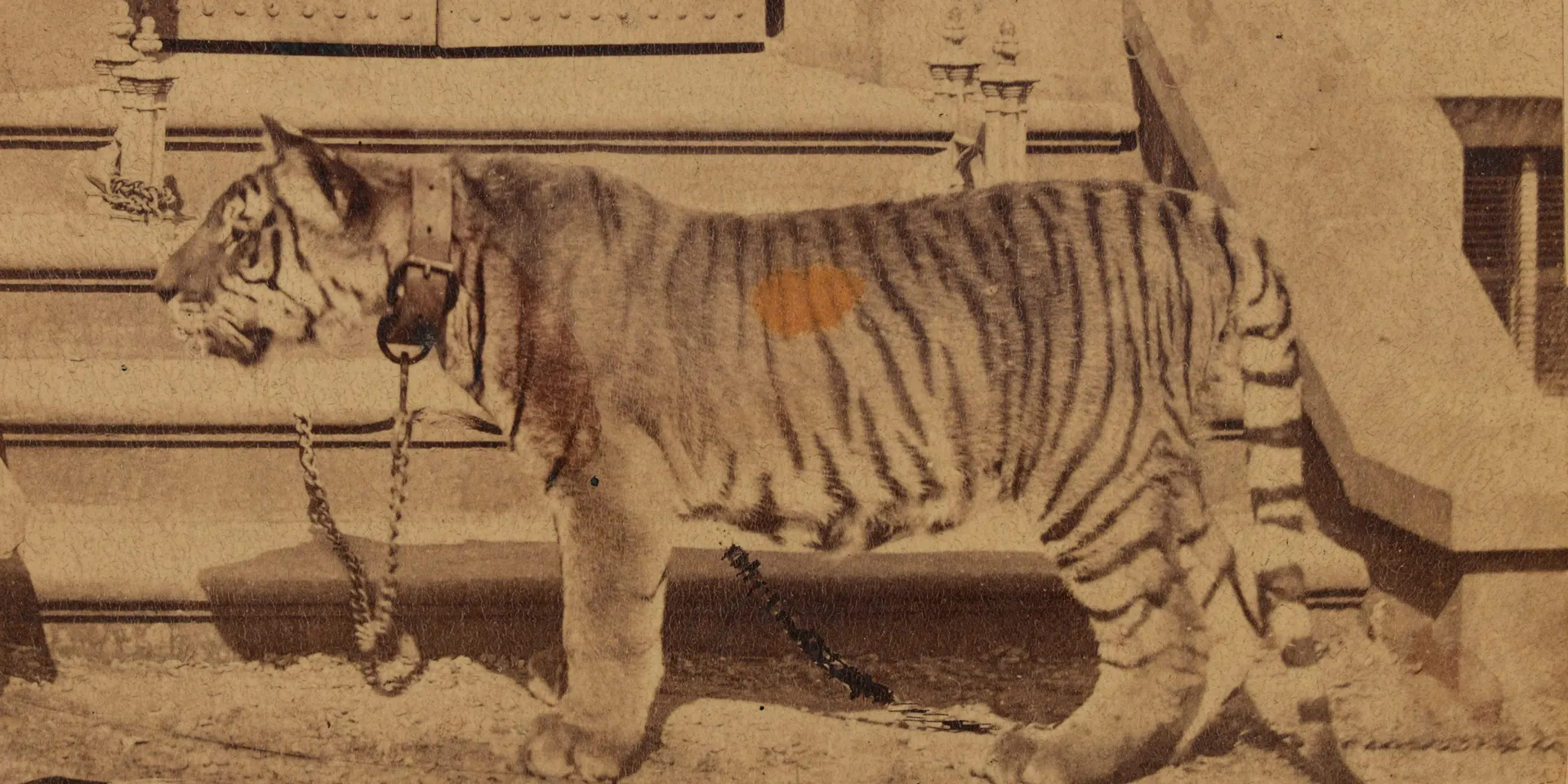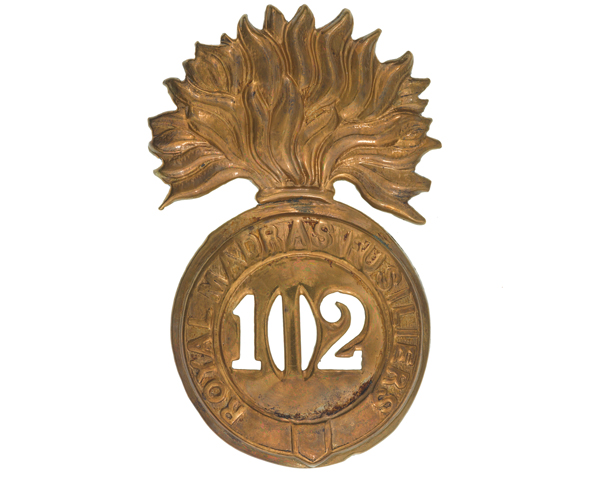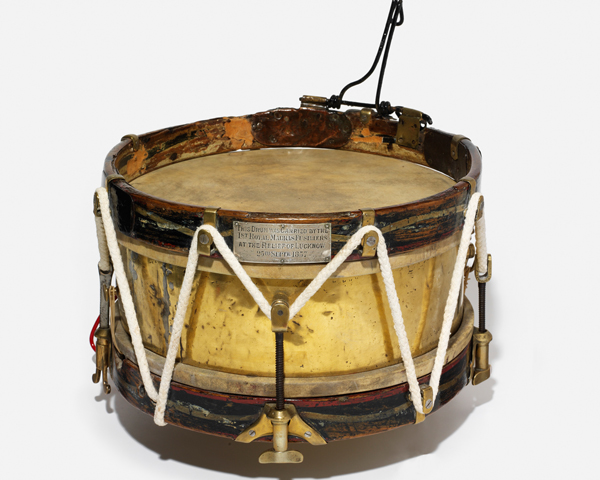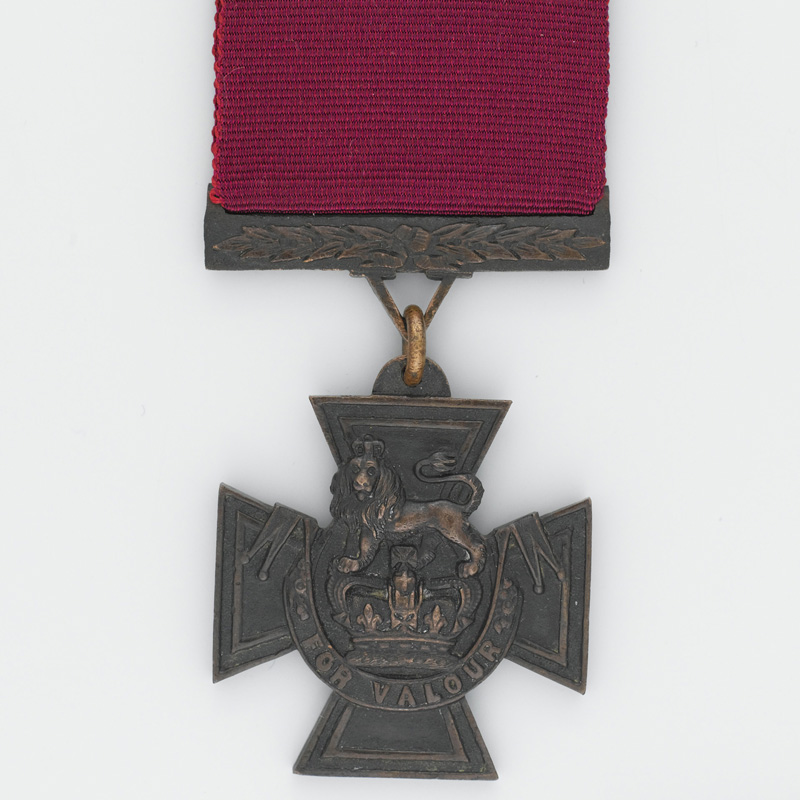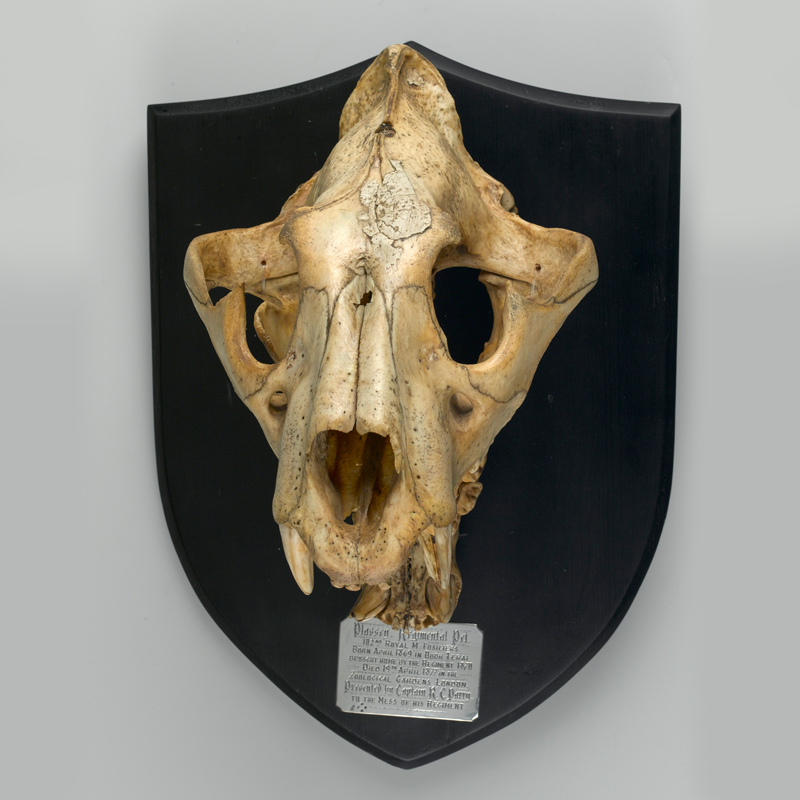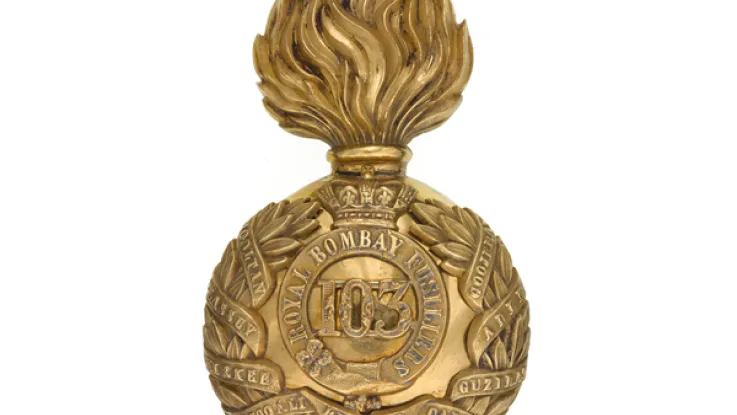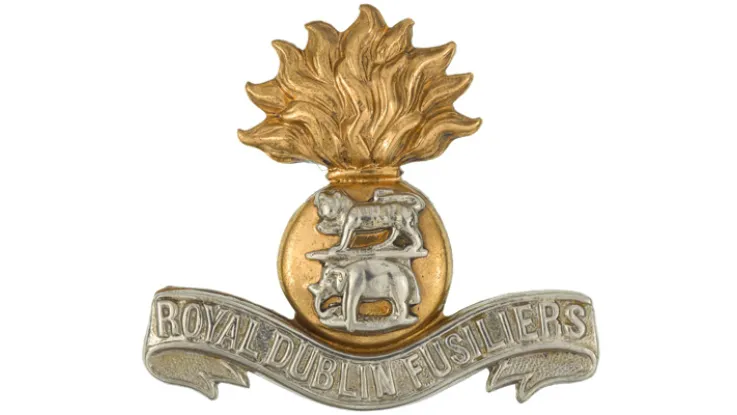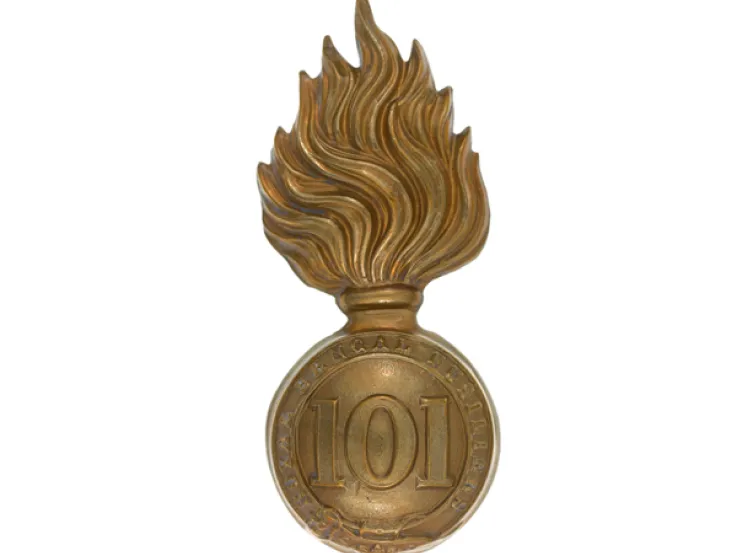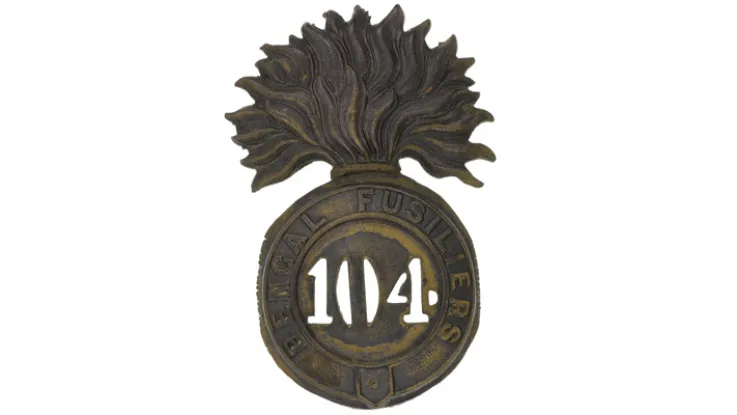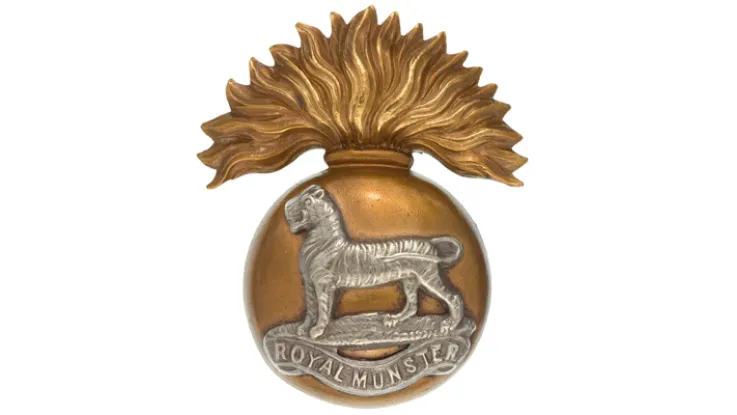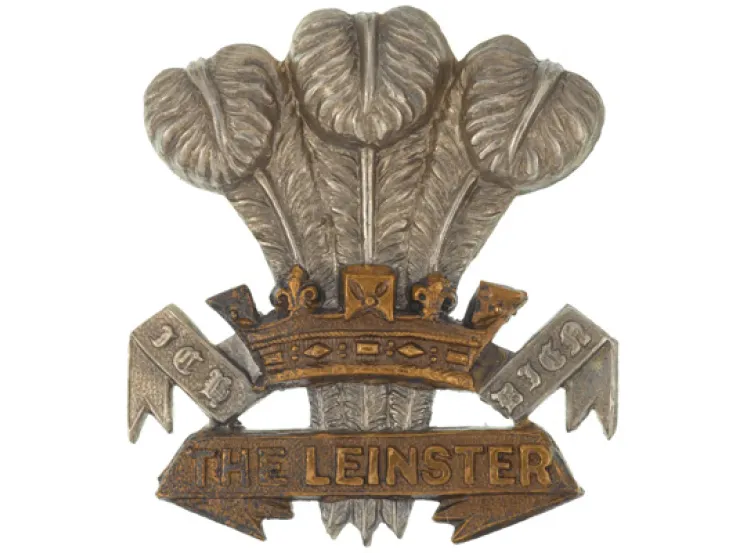Origins
The East India Company first decided to build a settlement and fort at Madras (now Chennai) in 1626. During the 1640s, it raised independent companies of non-Indian troops to garrison Fort St George. A century later, in 1742, those companies were formed into the Madras Europeans.
This unit fought in the First Carnatic War (1746-48) and Second Carnatic War (1749-54), including the Battle of Arcot (1751). Service during the Seven Years War (1756-63) followed, in which it fought at Chandernagore, (1757), Plassey (1757), Wandishwash (1760) and the Siege of Pondicherry (1760-61). In 1764, it also fought at Buxar in Bengal.
By 1766, the regiment had greatly expanded, so it was split into the 1st, 2nd and 3rd Madras Europeans. In 1774, the 3rd was disbanded, but the 1st and 2nd Europeans were designated as two-battalion units.
More deployments
When the Netherlands allied itself with France in 1795, Britain seized its territories in the Dutch East Indies (now Indonesia). Later that year, the 1st Madras European Regiment was sent to garrison them, remaining there for the next 20 years. In 1799, it dropped its numeral and shrank to a single-battalion unit. That same year, the 2nd Madras European Regiment was disbanded.
The unit returned to India in 1816, and became a two-battalion regiment again in 1824. That year, it deployed during the First Burma War (1824-26). After returning to India again, it reverted to a single-battalion unit in 1830.
Between 1835 and 1852, it garrisoned the Malucca Islands (now the Maluku Islands). While there, it became the 1st Madras (European) Regiment again, when a new 2nd Madras (European) Regiment was formed.
The 1st Madras (European) Regiment became a fusiliers unit in 1843. It returned to Burma in 1852.
Transfer to Crown
During the Indian Mutiny (1857-59), the fusiliers fought at Benares, Allahabad and Cawnpore, before advancing into Oudh with Sir Henry Havelock's Lucknow relief column.
Following the abolition of East India Company rule in India, the regiment was transferred to British service. In 1862, it was granted the title 'Royal’ and formally integrated into the British Army, with the number 102 in the infantry order of precedence.
Legacy
In 1869, it arrived in Britain for the first time, garrisoning the Isle of Wight for six years. It was then stationed on Gibraltar and Ceylon (now Sri Lanka). It was still there in 1881, when it merged with the 103rd Regiment of Foot (Royal Bombay Fusiliers) - another former East India Company fusilier regiment - to form The Royal Dublin Fusiliers.

